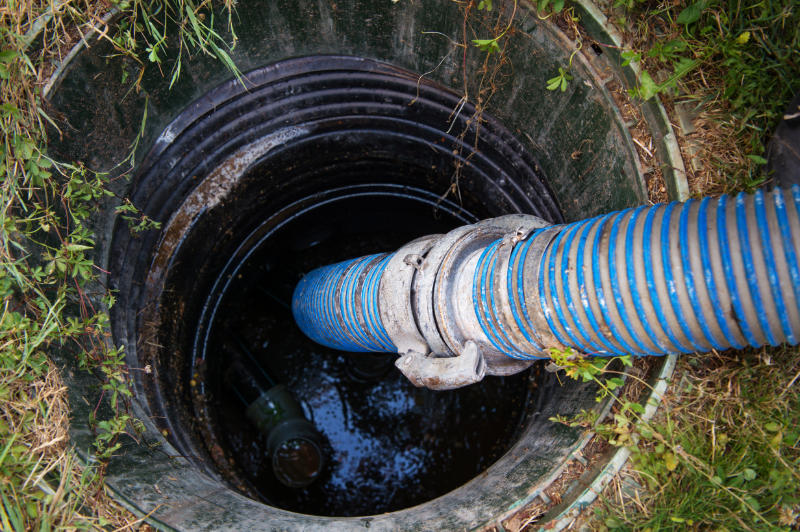Digester Cleaning
 The digestion procedure is a vital element in sludge management. It is meant to stabilize sludge in effluent treatment facilities. The digestion process can either be aerobic digestion or anaerobic digestion. In an aerobic digestion process, the organic elements of sludge are decomposed and oxidized by bacteria with the existence of oxygen. On the other hand, anaerobic digestion involves oxidization and decomposition done without the existence of oxygen.
The digestion procedure is a vital element in sludge management. It is meant to stabilize sludge in effluent treatment facilities. The digestion process can either be aerobic digestion or anaerobic digestion. In an aerobic digestion process, the organic elements of sludge are decomposed and oxidized by bacteria with the existence of oxygen. On the other hand, anaerobic digestion involves oxidization and decomposition done without the existence of oxygen.
A digester is a fabrication or structure where the digestion process takes place. The solids contained in these digesters need to be removed so as to maintain the digestion capability of the digester to process stagnant solids in the sludge. Over the years, debris, grit and sediment settle at the base of the digester making it overloaded, sluggish and inoperable. Overloading can cause loss in gas recovery and deficiency in oxidation time. If in four or five years your digester has not been cleaned it could have lost half of its digester’s capacity. The annual loss in the digester’s capacity speeds up after four years. When a digester becomes inoperable because of the accumulation of grit and debris, it requires an immediate and methodical cleaning.
Cleaning a digester involves the removal of solids at the bottom of the digester. It also involves the washing of the inner walls and floor of the digester by hydro or pressure jetting or a vactor machine. The solids removed from the digester are disposed of in either a public or private treatment plant. The limestone chips in a digester are taken away and also disposed of and new chips are supplied for the digester.
At SewerMan of Beverly, NJ we are experts in both routine digester cleaning and emergency service. Call us today to make your service appointment.
For Digester Cleaning in Beverly, NJ Call (866) 760-9136
-

The job was performed in a very professional manner and cleaned up after he was done.
 Hazel K.
Hazel K.

-

Rooter-Man saved the day and my toilet! Thanks for the help
 Emma T.
Emma T.

Lagoon Cleaning
A pond or lagoon is another essential element of a waste water facility. A lagoon is a basin or body of water meant to receive, contain and process waste water for a fixed period of time. Lagoons are at times lined with natural materials such as clay or a synthetic liner when needed. The liner is used to avert leakage to the groundwater underneath.
Waste water in a lagoon is treated by means of a combination of biological, physical and chemical methods. The majority of the treatment happens naturally. There are however some systems that utilize aeration apparatus to boost the oxygen contained in the wastewater. Aeration brings about a more effective treatment that will require less land area.
Lagoon cleaning involves dredging to remove solids that have accumulated in it. Some lagoon cleaning companies do on-site treatment and/or the elimination and transportation of liquids together with the cleaning of a lagoon. For on-site treatment, SewerMan of Beverly, NJ uses transportable dewatering equipment. This equipment is usually mounted on a trailer and brought to the premises of the client to clean the lagoon. Lagoon cleaning service also sometimes involves the rehabilitation and rebuilding of the unit if this is required as well as the disposal of the waste to a disposal area.
Some services are only offered at participating locations.

